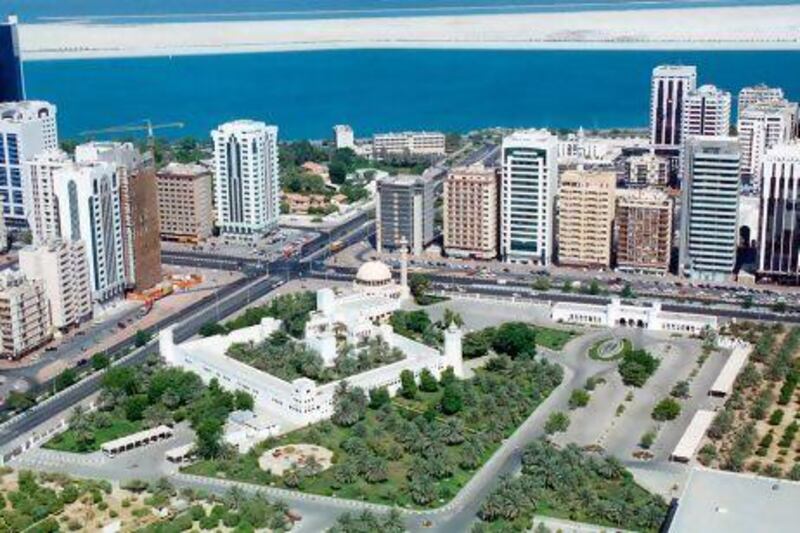1949
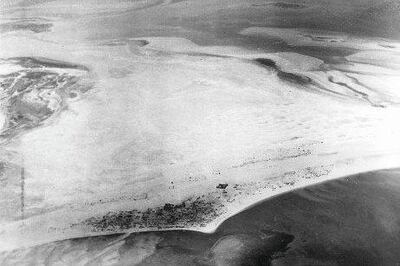
The first known aerial photograph of Abu Dhabi shows Qasr Al Hosn about a decade after it was substantially rebuilt and enlarged by Sheikh Shakhbut bin Sultan Al Nayhan.
The fort sits on the very edge of the town; beyond only desert until the lone tower at the Maqta crossing.
These were testing times for Abu Dhabi. Oil had yet to be discovered and the collapse of the pearling industry led to great hardship. Many inhabitants were leaving to other parts of the Arabian Gulf, to find work in countries where oil's bounty was bringing prosperity.
1964
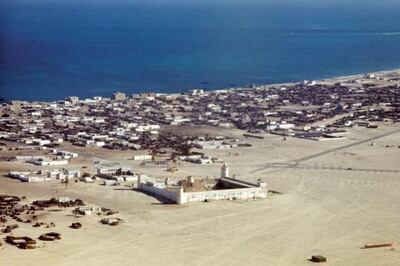
Another aerial photograph, this time taken in the year oil was first exported by Abu Dhabi. Its impact can already be seen. The town is expanding around Qasr Al Hosn, with many more modern concrete buildings, especially along the shoreline, where a pier has been built to handle larger vessels for the first time.
In a few years, all this will be swept away, as Sheikh Zayed bin Sultan Al Nahyan implements plans for the building of a new city on a grid plan. Only Qasr Al Hosn will remain.
circa 1969
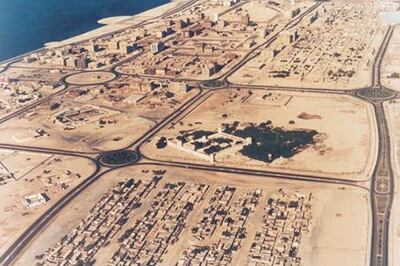
Abu Dhabi is now a modern Arab city, even if Qasr Al Hosn still sits at its southern edge. Sheikh Zayed is the Ruler, and the old town, with its coral homes and arish huts, has been swept away by progress.
Land reclamation along the shore is creating the modern Corniche, while high-rise offices and new villas spring up everywhere.
Flanked for the first time by Al Nasr and Zayed the First (popularly called Electra), the palace is now a centre of government and will eventually house the Centre for Documentation and Research. These newer quarters have electricity and air conditioning, although the older parts remain untouched.
1980s
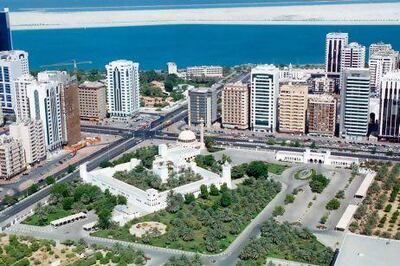
The view to the sea is long lost. Instead Qasr Al Hosn is surrounded by high-rise office buildings and residential towers.
Lush landscaping fills the inner courtyards and the grounds of the fort, with the Cultural Centre visible on the lower right side of the photo.
Essentially, this view of Qasr Al Hosn remains unchanged to this day, except that the buildings which dwarf the old palace grow ever taller.
Today the fort is partly hidden behind protective hoarding, watched over by architects and conservationists as plans are drawn up for its restoration.
